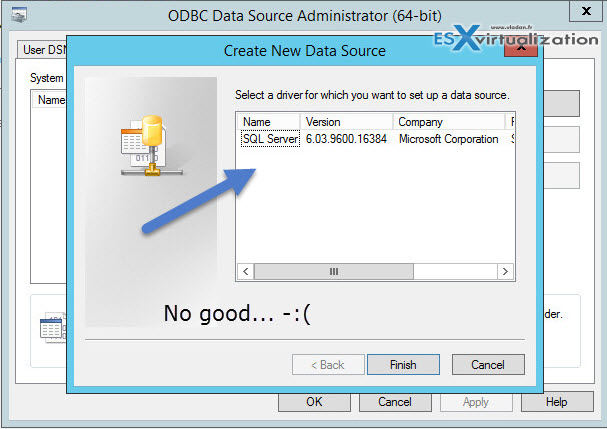

This approach is also true for upgrading ESXi 7.0 to ESXi 7.0 Update 2, ESXi 7.0 Update 2a, etc. The workflow of upgrading ESXi 6.7 to ESXi 7.0, ESXi 7.0 Update 1, ESXi 7.0 Update 2, and other versions/builds of ESXi 7 is similar. This is the preferred method for upgrading ESXi hosts managed by vCenter and allows you to upgrade multiple ESXi hosts at once by using the same image.

VMware Lifecycle Manager for VMware vSphere 7.0 is a modified VMware Update Manager that was used in vSphere 6.7. This method is applicable only for ESXi hosts managed by vCenter Server. This method can be used for VMware ESXi 6.7 to 7.0 upgrade for standalone ESXi hosts and ESXi hosts managed by vCenter.

If an unsupported device is present, such as an old unsupported CPU or disk controller, the ESXi upgrade will not be applied to the server. The hardware of the server running ESXi 6.7 must be compatible with ESXi 7.0, that is, it must meet the hardware requirements for ESXi 7.0.This blog post explains how to upgrade from ESXi 6.7 to ESXi 7.0 in your vSphere environment using ESXi 7.0 Update 2 for demonstration purposes. Otherwise, proceed with a clean installation of ESXi 7.0. For example, upgrade first to version 6.5 and then to version 7.0. If you’re using ESXi 6.0 or earlier in your vSphere environment, you can upgrade in several steps. You don’t need to perform a clean installation of ESXi 7.0 on servers running ESXi 6.5 or ESXi 6.7 as you can directly upgrade to v7 from these two versions. The ESXi hypervisor is a main component of vSphere, and for a vSphere upgrade, you should do a VMware vCenter upgrade and a VMware ESXi upgrade. VMware vSphere 7, the latest release of VMware’s virtualization platform, introduces a number of useful features, and many companies are looking forward to upgrading from vSphere 6.7 to 7.0. By Michael Bose How to Upgrade from VMware vSphere ESXi 6.7 to 7.0


 0 kommentar(er)
0 kommentar(er)
